Garden Grove, Decatur County, Iowa, USA

Garden Grove was the first temporary way station established in Iowa by the members of The Church of Jesus Christ of Latter-day Saints who left Nauvoo, Illinois because of persecution. Garden Grove lies approximately 145 miles west of Nauvoo in southern Iowa. It was established near the Weldon Fork of the Grand River on April 24, 1846 and operated until it was abandoned in 1852.
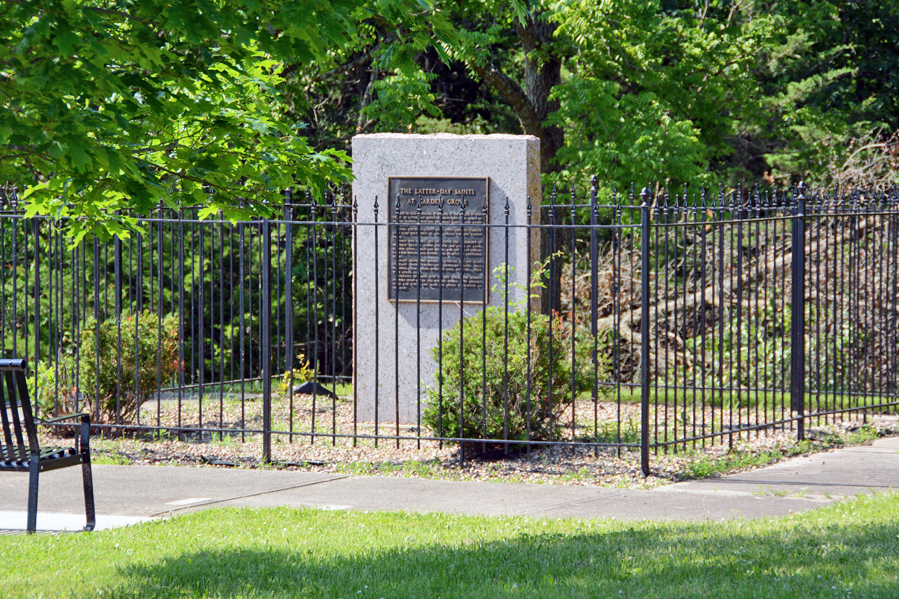
The first winter at Garden Grove proved to be especially difficult because the last and most destitute individuals who left Nauvoo in 1846 came to Garden Grove in October. These people were described as “a miserable remnant of about seven hundred people physically unfit and poorly equipped and they lay huddled at a camp north of Montrose until wagons arrived for them from Garden Grove and Mt. Pisgah in October.”1 Supplies were very scant the first winter.

The difficult conditions forced the Saints eventually to have Lyman A. Shurtliff and a Brother Hunt travel around the area to plead for assistance from the surrounding Iowa settlers.2 They responded generously, and many of the Saints’ lives were spared thanks to the kindness of their non-Mormon neighbors. However, death was a significant part of the experience at Garden Grove. One of the first causalities was President Samuel Bent, president of the Garden Grove Branch. His counselors, in a letter to the Quorum of the Twelve Apostles, described his passing as follows
Garden Grove is left without a president, and a large circle of relatives and friends are bereft of an affectionate companion and friend, and the Church has sustained the loss of an undeviating friend to truth and righteousness. The glory of his death is that he died in the full triumphs of faith and a knowledge of the truths of our holy religion, exhorting his friends to be faithful, having three days previous [to his death] received intimations of his approaching end by three holy messengers from on high.3
In the fall of 1851, the First Presidency sent a letter encouraging those still at the way station settlements to join the main body of the Saints in Salt Lake City. Today, Garden Grove remains a small community in southern Iowa.
SOURCES
1 Leland H. Gentry, “The Mormon Way Stations: Garden Grove and Mount Pisgah,” BYU Studies, Fall 1981, Vol. 21, 451.
2 Ibid, 452.
3 Ibid, 453.
Ownership Status
Just outside of the town of Garden Grove, Iowa is the Trailside Historical Park and Mormon Cemetery. The site is maintained by the Decatur County Conservation Board. It is open to the public and there is no fee to visit.
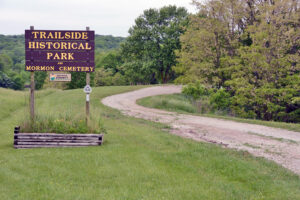
Map & Description
Photos

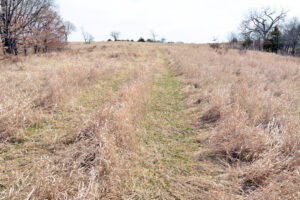
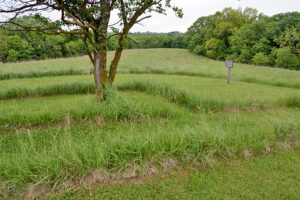
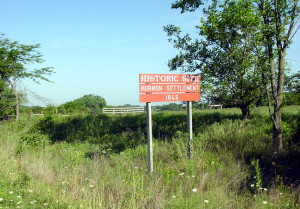
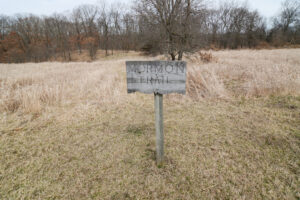
Articles & Resources
Susan Easton Black and William G. Hartley eds., The Iowa Mormon Trail: Legacy of Faith and Courage (Orem, UT: Helix Publishing, 1997).
Leland H. Gentry, “The Mormon Way Stations: Garden Grove and Mount Pisgah,”  BYU Studies, Fall 1981, Vol. 21, 445-61.
BYU Studies, Fall 1981, Vol. 21, 445-61.
Karla Gunzenhauser, “The Settlement at Garden Grove, Iowa,”  Nauvoo Journal, Fall 1994, Vol. 6, No. 2, 66-96.
Nauvoo Journal, Fall 1994, Vol. 6, No. 2, 66-96.
